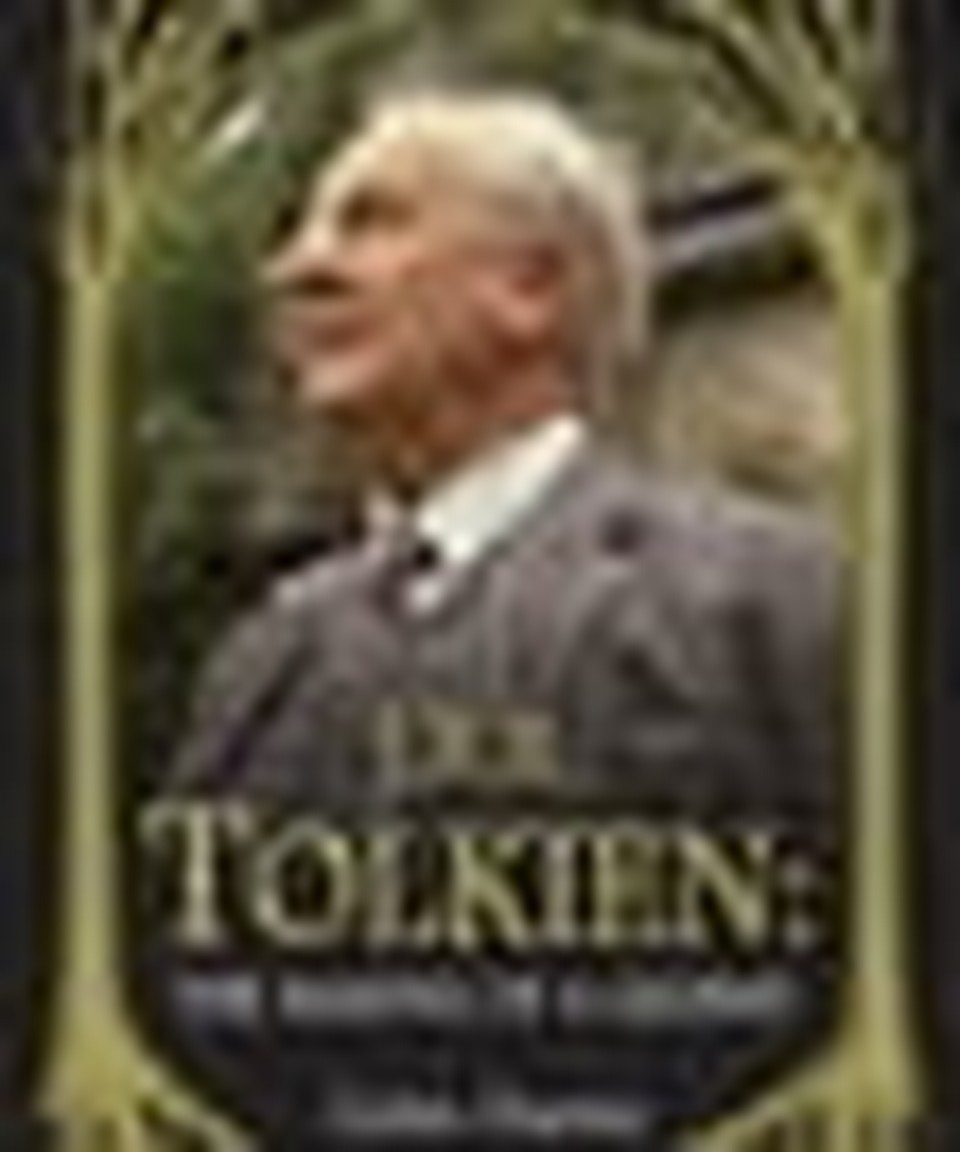A Tolkien Biography for Lovers of Legend

Title: J.R.R. Tolkien: The Making of a Legend
Author: Colin Duriez
Publisher: Lion Books
Colin Duriez, author of such books as The C.S. Lewis Encyclopedia and A Field Guide to Narnia, set out to answer this question with his biography of the author of The Hobbit and The Lord of the Rings: “Who was the man who became a legend?”
In J.R.R. Tolkien, The Making of a Legend, Duriez dutifully tracks the details of Tolkien’s life as a lad in South Africa through his experiences in World War I, his years at Oxford as part of the Inklings, and into the post-1950s reception to his unmatched creativity that brought about a phenomenon which is still going strong today.
Just as fantasy was not always an approved genre for serious-minded folks, neither did Tolkien always cast a legendary shadow. He would become, as Duriez shows, a man for the time by being slightly ahead of his time, and by religiously crafting detail upon detail involving languages that in turn spawned a world, which in turn wrought themes a post-industrial people longed for deep within: hope, the existence of wonder, love of green and growing things, adventure, and the size of your heart – not your physical frame – being what matters.
As one who isn't a lover of biography in general, I wasn't as keen on diving into this material as I am in reading the works of its subject over and over again. But for those like me, who have a cursory understanding of Tolkien's upbringing and experiences, Duriez is kind enough to always be pointing to that for which we really hunger: insights into the characters, settings, and themes of Middle-earth.
Duriez makes a wise choice beginning the book with Tolkien's famous admission that, "I am in fact a Hobbit..." We're instantly drawn in, willing to find out what was so peculiar about "Ronald's" South African early childhood, his schooldays, and wartime horrors that caused him to feel thusly. Which only makes the revelations about friendship with C.S. Lewis, the storytelling for his children, and the experiences of trying to get published more interesting.
The chapter I anticipated most, "Of Hobbits and Inklings," did not disappoint. From the way it jumps into an exploration of how (or even if) Tolkien came up with the word 'hobbit,' to quotes from friends and critics hailing his work as triumphant, it reads excitedly. We nod our heads as we come to understand with Duriez the way that Tolkien, through his fantastic linguistic skills, "sustains the collective qualities of these different mythological species with great skill."
Also be on the lookout for tidbits like: why the shock of war shows through in The Lord of the Rings; how Tolkien and his beloved Edith were a real-life version of the tale of Beren and Luthien; and did you ever know the Beatles wanted to produce a movie version with themselves in the lead roles? Can you imagine such a thing now in a post-Peter Jackson world?
The 1940s and 1950s were not times, especially in British and American culture, that were kind to fantasy. It was seen as a less-than-serious waste of time, a flight of fancy. But thanks to the decades ahead of them that had their manifold effects upon J.R.R. Tolkien, and the decades after them that brought a longing for all things great, green, and innocent, this great man was able to, in his lifetime, experience the very phenomenon he began when he composed the simple line: "In a hole in the ground, there lived a hobbit."
Publication date: December 12, 2012
Originally published December 13, 2012.







